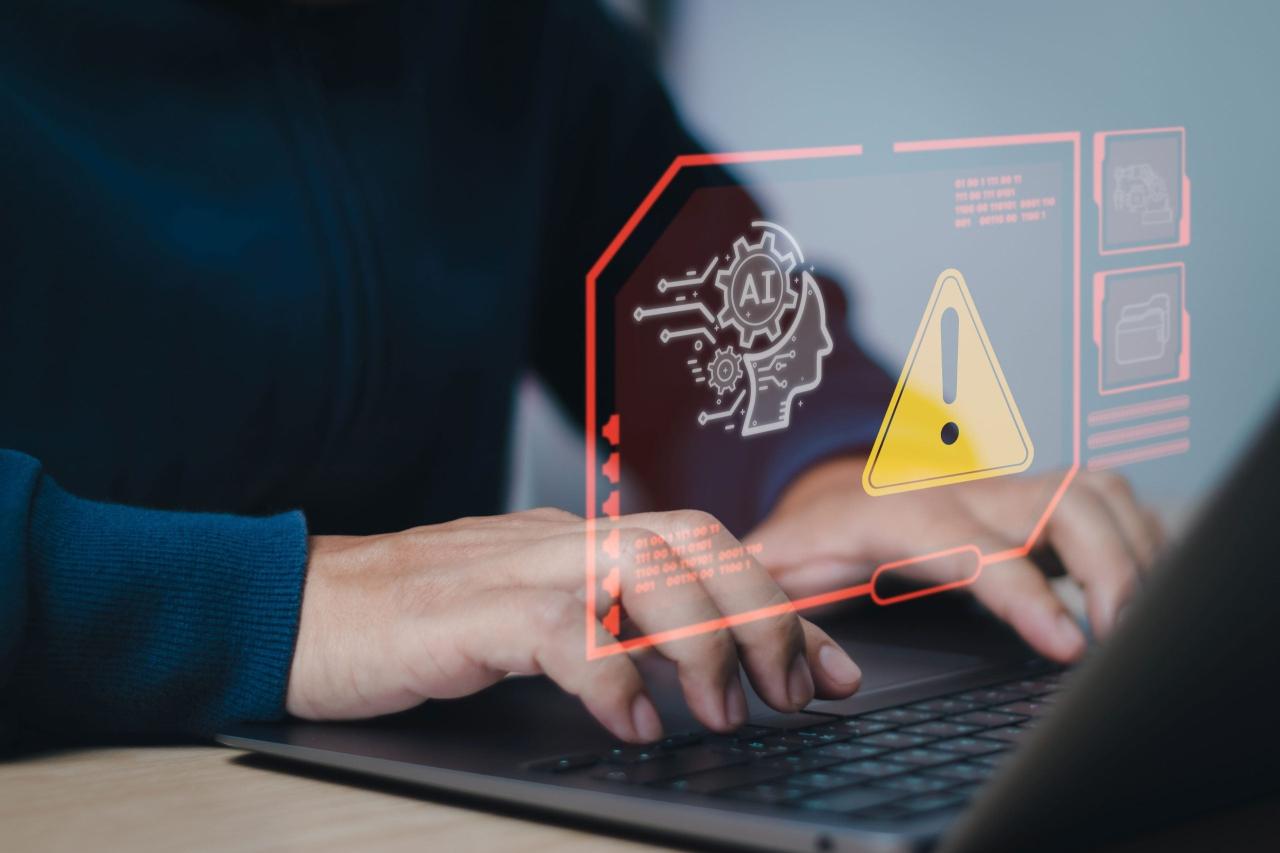Google has unveiled a groundbreaking AI Safety Center, marking a bold move toward steering artificial intelligence development toward responsible and secure pathways. This initiative reflects growing global awareness of AI’s transformative power and potential pitfalls. In this article, we explore the motivations behind this launch, the center’s structure, its projects and protocols, challenges ahead, and what this means for developers, enterprises, regulators, and everyday users.
A. Why Google Launched the Safety Center
Google’s decision to create this new hub stems from several converging pressures:
-
Public Concern: As AI systems like large language models generate more attention, so do worries about bias, misinformation, privacy breaches, and misuse. Google recognized the urgency to respond meaningfully to these fears.
-
Regulatory Shifts: Governments worldwide from the EU’s AI Act to U.S. congressional hearings are ramping up oversight. Establishing a safety first research entity helps Google position itself as a constructive partner in shaping and complying with regulations.
-
Internal Demand: Even within Google, AI teams have grown concerned about deploying powerful models without clear guardrails. This center provides a stable organizational space devoted solely to those guardrails.
-
Industry Leadership: By spearheading such safety efforts, Google asserts itself as a thought leader among AI companies a responsive, forward-looking steward of powerful technology.
B. Structure and Key Personnel
The center is organized into several interconnected divisions:
A. Research and Development Group
-
Focused on adversarial resistance, fairness evaluation, privacy preserving algorithms, transparency metrics, and interpretability.
B. Policy and Governance Unit
-
Engages external regulators and academics. Advises on compliance frameworks and policy formation.
C. External Collaboration Team
-
Coordinates partnerships with universities, NGOs, audit firms, and cross-industry consortia. Encourages third party audits and model reviews.
D. Deployment Oversight Office
-
Monitors live AI services, runs post launch evaluations, and coordinates model updates when emerging issues are identified.
Leadership includes AI and ethics experts such as ethicists, computer scientists, and policy advisors. The center reports to both Google Research and a newly created AI Safety Executive Council, ensuring high-level visibility and integration.
C. Core Objectives and Mandate
Google has defined several wide-ranging but interlocking goals:
A. Researching Long Term Risks
-
Investigate how advanced AI systems might steer themselves or act unpredictably.
B. Mitigating Near Term Harms
-
Reduce bias, misinformation, privacy leaks, and digital security vulnerabilities in current systems.
C. Creating Safety Benchmarks
-
Develop measurable indicators for robustness, reliability, fairness, and transparency.
D. Building External Trust
-
By being transparent about ongoing research and structured audits.
E. Advising Policy Development
-
Generate research based guidance to help governments craft evidence-based regulations.
D. Key Projects and Research Directions

The center is currently working on several ambitious initiatives:
A. Model Red Team Challenges
-
Internal teams and external partners attempt to manipulate or reverse-engineer models to surface weaknesses.
B. Privacy Preserving Training
-
Techniques like federated learning and secure enclaves ensure models learn without compromising user data.
C. Bias Audits and Fairness Evaluations
-
Systems are being created to assess whether models treat groups equitably across demographics, languages, or geographies.
D. Explainability Tools
-
Generating clearer insights into why a model produced a certain result a key factor in safety and trust.
E. Real Time Monitoring Systems
-
Platforms to track live AI outputs for safety drift or abnormal behaviors, triggering mitigation when needed.
F. Post Deployment Governance
-
Reviewing models in production, coupling with fast bug response units to swiftly fix emergent errors or misuse cases.
G. Scenario Simulations
-
Stress testing AI behavior across hypothetical high-stakes environments like finance, cybersecurity, public policy, or autonomous navigation.
H. Third-Party Audits
-
Inviting validation from external oversight committees, ensuring impartial evaluation.
E. Processes and Protocols
The center follows comprehensive protocols to ensure accountability and consistency:
A. Safety Review Board
-
A multidisciplinary panel including engineers, ethicists, legal experts, user advocates, and external advisors reviews high risk projects before deployment.
B. Model Classification System
-
Models are tiered by potential impact and access restrictions. Each tier demands deeper safety assessments.
C. Data Usage Standards
-
Rigorous criteria for permissible data sources, anonymization, and consent to ensure user privacy and model integrity.
D. Ethical Deployment Checklists
-
Before launch, models must use checklists covering stakeholder analysis, bias testing, security penetration tests, red team findings, interpretability, and performance.
E. Transparency Reporting Tools
-
Google releases regular transparency reports showing audit outcomes, known limitations, and corrective measures taken.
F. Team Composition and Expertise

Experts working within include:
A. AI Safety Researchers and Engineers
-
Specialists in adversarial robustness, reliability, human AI interaction, and formal verification.
B. Ethicists and Social Scientists
-
Guiding fairness studies, societal impact analysis, use case reviews.
C. Privacy and Data Security Specialists
-
Ensuring models comply with global privacy laws, designing encryption-based solutions.
D. Policy and Legal Advisors
-
Translating internal research into compliance guidance, legal strategy, and coordination with authorities.
E. Stakeholder Liaison Officers
-
Engaging with external partners, managing collaborations, and organizing third-party assessments.
G. Building on and Going Beyond Past Efforts
Google and its parent company, Alphabet, are building upon existing efforts:
A. Google’s Earlier Safety Teams
-
Groups like PAIR, FAccT, and Brain Responsible AI pioneered bias analysis, interpretability toolkits, and fairness benchmarks.
B. DeepMind’s Alignment Work
-
Earlier research into long term safety of reinforcement learning agents informed the center’s mandate.
C. OpenAI and Industry Initiatives
-
Though Google and OpenAI share common goals, Google aims to differentiate by pairing enterprise risk management with transparency commitments.
H. Industry Response and Collaborative Moves
Initial reactions from external actors have been encouraging:
A. Regulators
-
EU and US policymakers noted it as a significant step toward proactive compliance.
B. Academic Institutions
-
Partnerships with Harvard, MIT, Oxford, and others are already underway to support complexity and independence in research.
C. NGOs and Civil Rights Groups
-
Some civil liberties advocates have answered that transparency and external audits are a welcome sign, though they pushed for open sharing of test protocols and findings.
I. Potential Criticisms and Limitations
Despite broad approval, some concerns remain:
A. Scope Gap
-
Critics worry the center may focus on corporate needs over societal impacts or preferentially support Google’s product ambitions.
B. Internal vs External Accountability
-
Self-governed reviews risk being treated as PR unless third-party audits have full access and publication transparency.
C. Resource Allocation
-
Some external experts caution the center might be underfunded compared to internal AI R&D budgets limiting its effectiveness.
D. Transparency Limits
-
While audits may be public, full model architectures, internal test datasets, and failure conditions might remain undisclosed.
J. Why Google Now
Several converging forces accelerated the center’s creation:
A. AI Hype & Pressure
-
With chatbots and multimodal models grabbing headlines, public and political pressure demanded stronger self regulation.
B. Competitive Edge
-
Presenting as an ethics first AI leader may attract enterprise customers seeking safer, compliant solutions.
C. Pre-Emptive Risk Management
-
Better to build safety tools now than respond to a harmful release or scandal later.
D. Legal and Financial Signal
-
The initiative positions Google ahead of potential AI oversight legislation—making compliance appear aspirational, not reactive.
K. Impacts Across Sectors
The center is expected to influence many industries:
A. Enterprise AI Buyers
-
Companies may favor vendors with robust audit trails, formal safety reviews, and governance frameworks.
B. Academic Research Norms
-
Researchers may increasingly seek collaboration funding tied to ethics and safety outcomes.
C. AI Startups
-
Google’s model may become a blueprint for safety-first startup frameworks especially those looking to enter regulated sectors.
D. Regulatory Standards
-
This center could influence audit requirements, red teaming mandates, or model registration systems in future AI laws.
E. Consumer Awareness
-
When Google advertises its AI is safety audited and bias tested, consumer trust may increase and choices may shift accordingly.
L. Challenges Ahead
As the center evolves, it must tackle key questions:
A. Maintaining Independence
-
Ensuring external teams have real say, not just internal echo chambers.
B. Resourcing Scale
-
Internal safety teams need budget allocations matching core AI labs for parity in influence and breadth.
C. Cross-Google Integration
-
Applying center protocols consistently across all AI products from cloud to search to Android.
D. Defining Success Metrics
-
Clear safety benchmarks and thresholds for deployment readiness remain important and evolving.
E. Global Reach
-
Accounting for international cultural norms, regulatory frameworks, and deployment contexts will be essential.
M. What This Means for the Future
Google’s AI Safety Center is a major milestone but it is part of a long journey toward safe and beneficial AI. Here’s what to expect:
A. Industry Emulation
-
Other tech giants will elevate their own safety governance programs, fueled by public expectations and competitive differentiation.
B. Audit Ecosystem Growth
-
Firms may emerge specializing in formal model certification or impact auditing.
C. Public-Private Research Collaborations
-
Leading academic and NGO groups may embed into industry workflows as trusted evaluators.
D. Regulatory Alignment
-
Future AI laws may reference the center’s checklists, benchmarks, auditing practices, and advisory model.
E. Improved Consumer Protections
-
As safety becomes a selling point, consumers may demand safety ratings, recorded audits, or bias impact tags on AI products.
F. AI Literacy and Culture Shift
-
Public facing explanations of safety frameworks can raise awareness, demystify how models work, and reduce fear through education.
Google’s launch of its new AI Safety Center marks a turning point. It transitions AI safety from isolated research to a corporate level mandate, integrated with governance, policy, and product pipelines. If executed authentically, it may spark a race to the top urging safer, more transparent AI across the global tech ecosystem.
However, success hinges on follow through: strong funding, authentic independence, measurable outcomes, and continued transparency. Only then will the center live up to its promise to not only build smarter AI, but also build AI that we can trust.
In short, the future of AI development will not just depend on breakthroughs in scale or intelligence it will depend even more on breakthroughs in responsibility. Google’s move suggests the tech world is beginning to recognize this truth.












